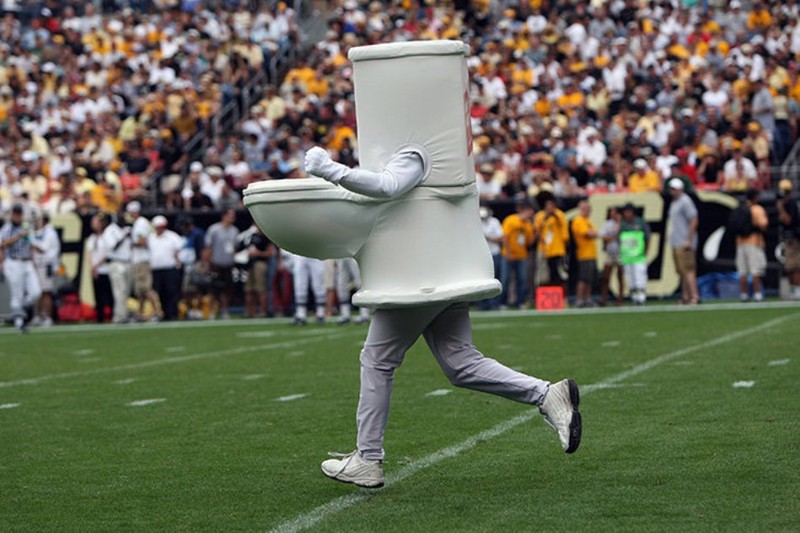
In the book The Club, in which the journalists of the American The Wall Street Journal talk about English football, there are a dozen powerful stories about the creation and growth of the best league in the world. Many interesting details are hidden on the pages - and one epic battle. No, not between Wenger and Ferguson and not between BT Sports and Sky Sports.
30 years ago, Arsenal vice-president David Dein began to struggle with terrible toilets in English stadiums.
In 1972, 9 years before the purchase of a 16.6% stake in Arsenal, Dein, who was then the owner of the international trading company London and Overseas Co., ended up at the Miami Dolphins match. Most of all, he was not struck by the Dolphins game, which conducted the perfect season (17 wins in the NFL, including the match for the Super Bowl), but the Miami Orange Bowl Stadium.
My eyes opened,” said Dein. - They sold the match in such a way that it became more than 60 minutes of football. The game was an event for the whole family, good shops worked at the stadium, and you could have a decent lunch in the cafeterias. Even the toilets were comfortable.
The contrast with the usual English restrooms was incredible. The campaign itself for the match in England in the 1980s was not the most pleasant thing: dilapidated stadiums, fan clashes, and disgusting British weather. But the worst were the toilets. Completely miserable, they were often located in the open air and consisted of four fragile walls around a hole dug in the ground. Then there was no talk about women's toilets.
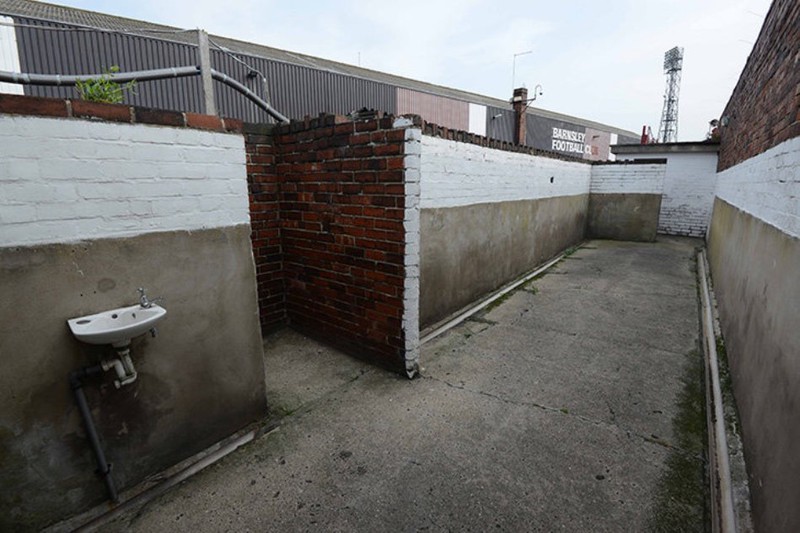
When Dein broke into English football, the toilet issue became his main concern. He scolded them for their primitive design, poor service and insufficient quantity, and believed that it was bad restrooms that embodied all the flaws of English football.
The crusade against the terrible toilets began with an increase in the break time. Before the EPL era, the half-time break lasted ten minutes, and many fans who did not have time to defend a queue to a urinal were simply relieved by the wall or the sink.
In meetings with other club owners, Dein convinced his colleagues: football is an entertainment industry, and everything around it should be enjoyable for viewers. Fans can not spend 10 minutes in queues and as a result do not get the opportunity to get to the toilet.
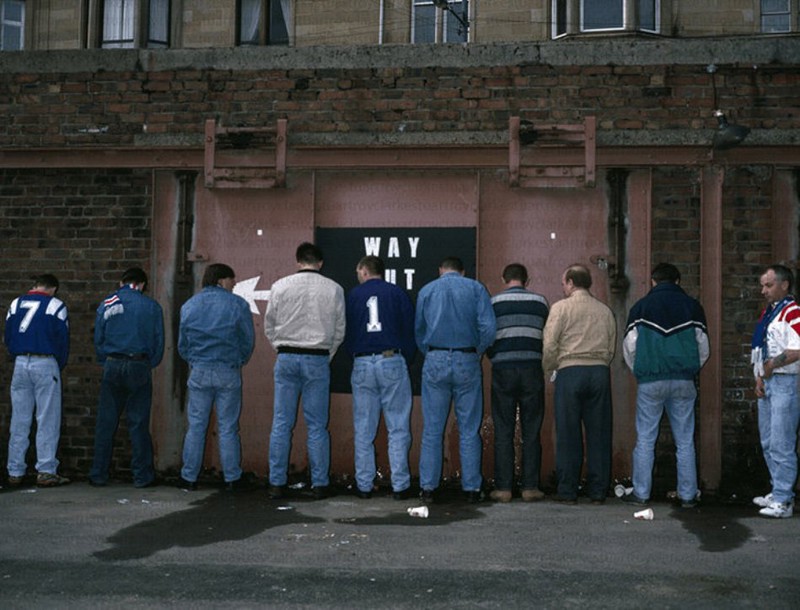
The arguments worked: after five years of lobbying in England, the break was increased from 10 to 15 minutes. In 1995, an amendment to a break not exceeding 15 minutes was adopted by FIFA.
***
Now the fans could spend more time in the toilet, but with the terrible conditions they still had to do something.
Dean came to the aid released in 1990, the report of Taylor, who forced the clubs to retool the stadiums after the tragedy at Hillsboro. Like many, Arsenal had to rebuild the standing fan stand, and for the vice-president it was a chance to update it not only outside, but inside as well.
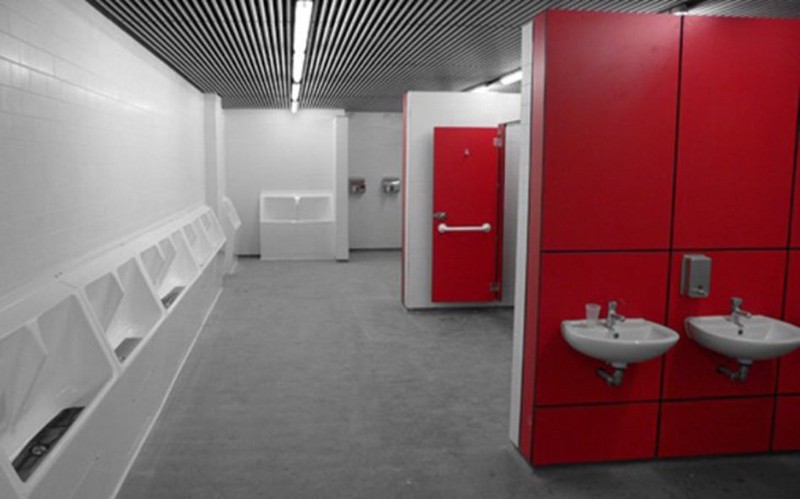
According to architect Chris Lee, Dein has been obsessed with restrooms from the very beginning of the project. He ordered to install toilets in two times more toilets than required by the standards. “If fans drink beer, soda, tea and coffee before the match, they should have enough urinals during the break,” Dein, who personally controlled everything in the toilets, from tile to mirror installation, urged builders.
With the same zeal, he went to the toilets on the new "Emirates", where the latrines were installed not only in the premises, but also in the area around the stadium. The club also equipped 38 toilets for disabled people and the first toilet for guide dogs in the Premier League.
A year after the opening of "Emirates" Dein was invited to a ceremonial architectural reception and presented him with a trophy in the form of a toilet - for the best toilets in the English stadiums.
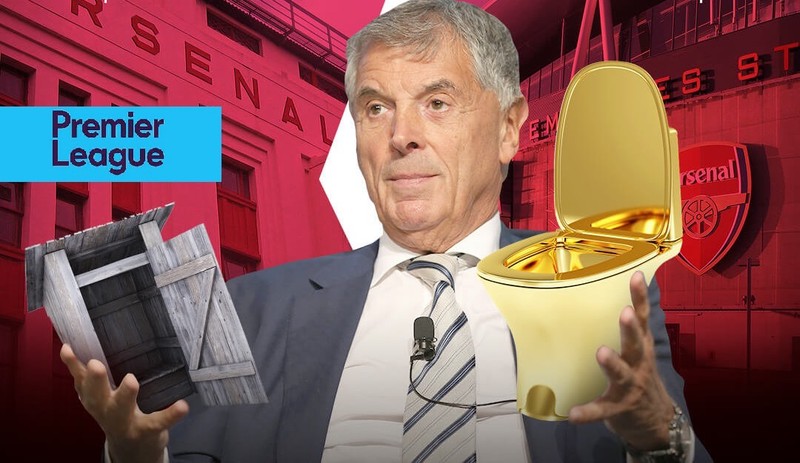
Today in the Premier League, amateur experts Diana Marson and Melanie Riley monitor the state of the toilets. The girls work in the NHS (National Health Service in the UK) and in the season 2016/2017 they drove through all the stadiums of the league, making up their rating.
First place went to Crystal Palace (10/10), whose toilets, according to Marson and Riley, are more like restrooms in hotels than in a stadium.
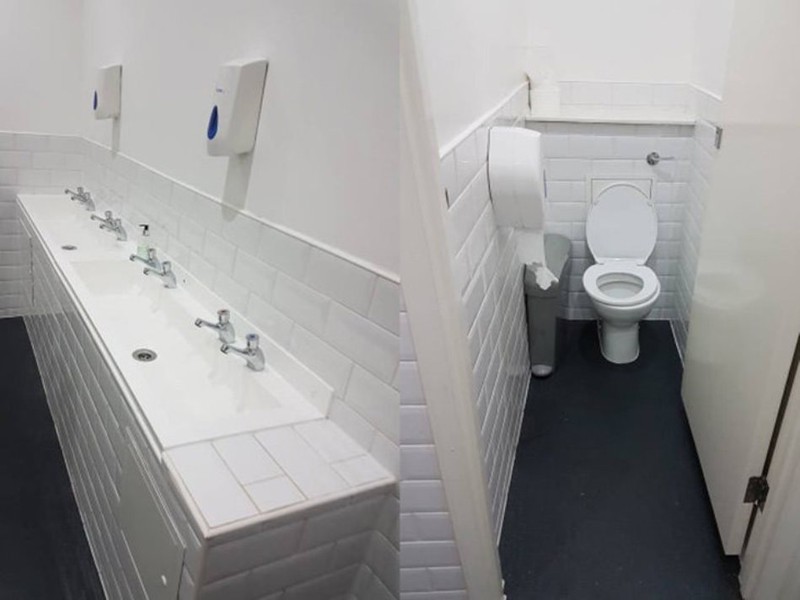
Arsenal (9/10), Manchester City (9/10), Manchester United (8/10), Stoke City (8/10), Chelsea (7/10) are also among the leaders, West Brom (7/10), Burnley (6/10) and Liverpool (6/10).
Lester, Bournemouth and Tottenham have problems with restrooms (4/10). Worse - only “Watford” (3/10) and “Everton”, before the match of which experts advise to go to the toilet at home: 2/10 from experts with the comment “the toilets are so small that you cannot get to the toilet, if someone washes his hands! "
***
For girls inspecting toilets, the good news was the On The Ball campaign, which was launched by three Celtic fans. In March, they offered clubs to place tampons and pads in women's restrooms for free.
The organizers of the action were inspired by a large campaign to place feminine hygiene items in universities and schools in the UK: the Scottish government is already ready to spend £ 5.2 million on a program that provides schoolgirls and female students with everything they need.
Cheerleaders also hoped that the campaign would help increase the number of women in the stadiums. Girls make up more than a quarter of the spectators in the Premier League, but stadiums are still men-centered.

For the Celtic, who quickly picked up the idea, the clubs of the Premier League reached out. The first was “Brighton”, followed by “Huddersfield” and “Fulham”. Today, free hygiene products can be found in women's toilets in 45 UK stadiums - including Goodison Park and Enfield.
Comments